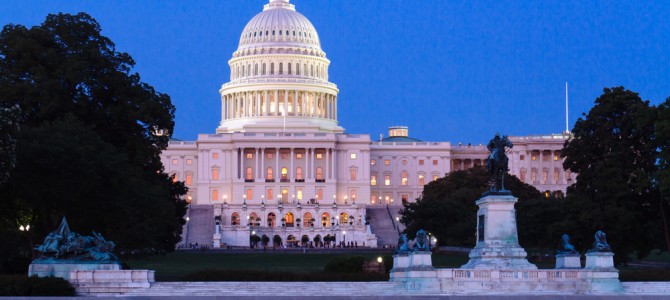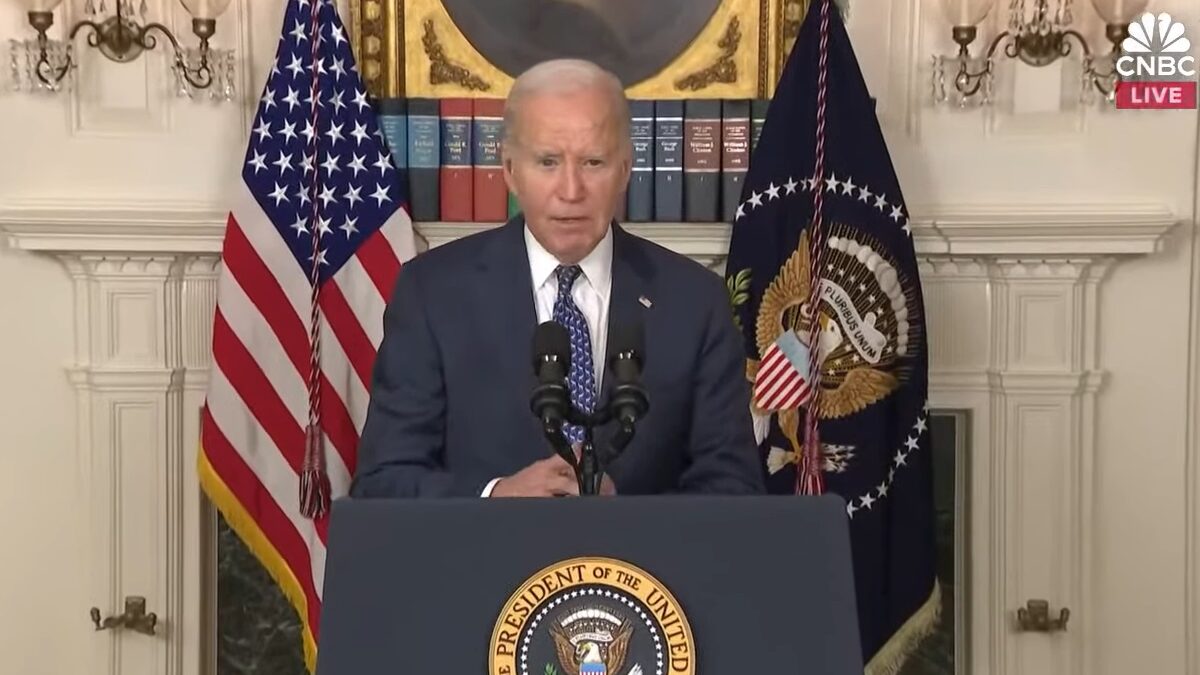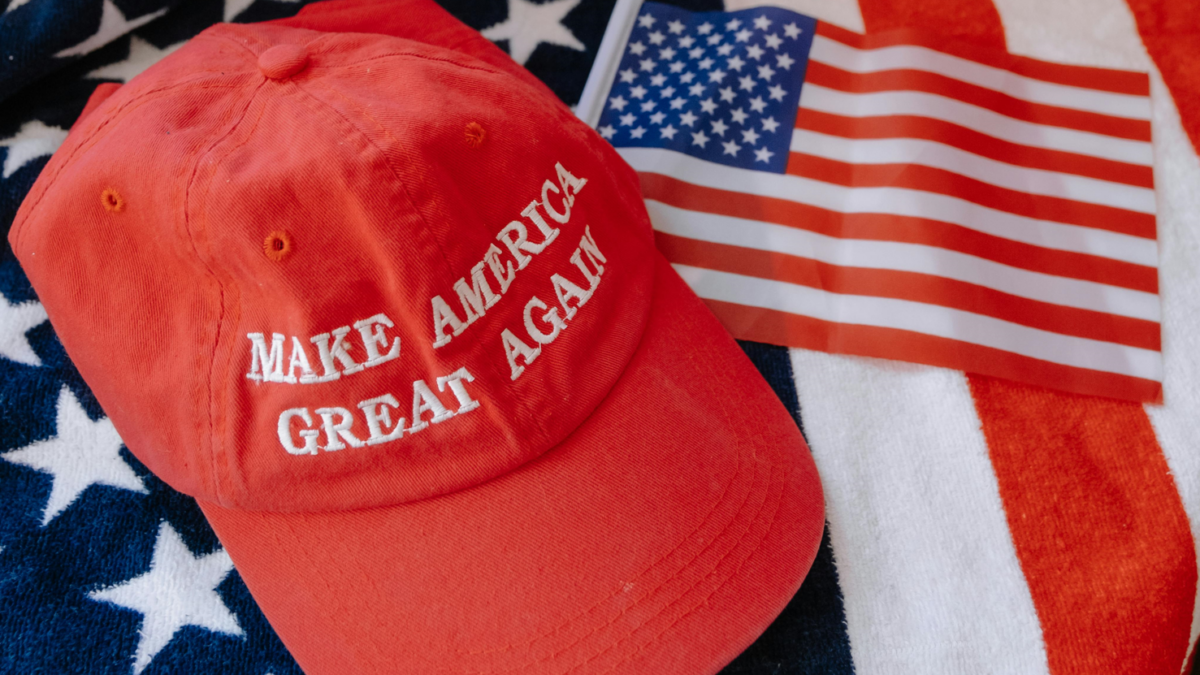
Abandoned by the progressive left and white nationalist right, Americans no longer have a political party that stands for human dignity and self-government, the two principles on which any healthy movement should rest. A new political party is not an option; it is a necessity. It is time for a reborn Federalist Party.
After having made the case for the party itself, here’s what its political platform should look like.
More Than Just Exiled Conservatives
The Federalist Party should not be a rump collection of disgruntled social conservatives and libertarians upset with the liberal, big-government leanings of the presumptive Republican nominee for president, Donald Trump. Constituted that way, the Federalist movement would be just another fringe party, doomed to immediate irrelevance. That is why a new party should not be called the Conservative Party.
The Federalist Party should instead be unlike most third parties in American history. Most, like the Libertarian Party in recent decades or the original Progressive Party a century ago, were ideological movements more concerned with party purity than electability. Others, like the Green Party today or the segregationist campaigns of George Wallace in 1968 and Strom Thurmond in 1948, were single-issue causes who ran to bring attention to their agenda.
The Federalist Party should not be a fringe movement, a single-issue cause, or a top-down ideological blueprint looking for a party vehicle. It should be a movement of the broad right-of-center, far more viable than the fringe parties of the past. It should have a full platform, not captive to a single-issue crusade. It would be a movement of common sense and pragmatism, more responsive to reality than beholden to litmus tests of dogma.
Constituted that way, the new movement would appeal to advocates of limited government exiled from both parties; to libertarians and to anyone who leans libertarian when it comes to national policy; to Reagan democrats and old Roosevelt-style liberals who never signed on to the cultural leftist agenda; and to social conservatives who have given up on restoring a fabled Christian America and become more concerned with defanging an over-active pagan government. It would be unstoppable.
Restoring a Truly Federal System
That does not mean the Federalist Party would lack coherence or ideological content. There is a conceptual focal point around which a new political movement should organize itself: the restoration of a truly federal system of government, which today means decentralizing power. A federal system is one in which power is shared between different levels of government—local, state, and national.
In response to my last piece calling for the Federalist Party, some readers expressed confusion (or mockery) at my use of the name Federalist to champion the cause of decentralization. The original Federalists argued for a more energetic and effective central government. How does that make them an appropriate mascot for a movement with seemingly opposite goals?
The original Federalists did not advocate for a strong and energetic central government for its own sake. Their goal was not strong government; their goal was a balance of power between states and the national government. In their day, that meant strengthening the center at the expense of the states. Today, it means the opposite. But the goal—a truly federal system—remains the same.
Federalism Restores the Balance of Power
Decentralization addresses deep problems with the American government, of which this year’s electoral cycle is a symptom. Competition for national power is so fierce because the national government is too powerful. The checks and balances of the American system of government are out of whack.
The framers of the Constitution intended checks and balances to operate not only between the branches of the national government, but the between the levels of government: the national government to check the states, the states to check the national government.
In the eighteenth century, the states held nearly all the power, which is why the Framers believed a stronger center was necessary. The first organized political movement in America was the original Federalist Party—a party dedicated to rebalancing power between states and the center, because they understood the balance of power between rival governments was essential to preserving freedom.
The national government rightly arrogated more power to itself at the expense of the states during the Civil War, the Progressive Era, and the Civil Rights Era to protect Americans from the states’ incompetence and abuses. Today it is the incompetence and abuses of the national government that most endanger freedom.
Federalism Protects Against Progressivism and Trumpism
Decentralization is the most effective answer to the dangers of the progressive left and the quasi-fascist right. Progressives want to seize national power and use it to remake America as a progressive utopia. Trump wants to seize national power and “make America great again,” which seems to mean to remake the cultural consensus of white, twentieth-century, middle America.
The answer is not to seize national power and direct it to our preferred agenda. The answer is to remove the capacity of the national government to be used as a tool of social engineering by one segment of the population against the rest. The Federalist agenda is to deprive the extremist parties’ ability to use the national government to propagate their ideologies.
Decentralizing power is the best way—perhaps the only way—for an increasingly pluralistic people to govern themselves: a pluralistic people calls for plural governments. Americans are increasingly divided not merely by race, class, and gender—which has always been true—but by differing sets of values, by religious and sectarian identities, by basic understandings of justice and democracy that have drifted apart in recent generations.
The progressive left and quasi-fascist right believe the increasing fragmentation of American life is a malady which must be cured by the strong hand of government. In fact, those very movements are both cause and consequence of the fragmentation of American society, and their agendas can never create the imagined unity of the romantic past or utopian future.
The Federalist accepts the pluralism of American life as a reality to be accommodated, not a disease to be cured. The way to safeguard human dignity and self-government in a culturally pluralistic nation is to revive the institutions of plural government; that is, to devolve power to the several governments closer to the people they govern.
As I wrote before, the Federalist agenda lets people get on with their lives with less interference from the national government but more responsiveness from state and local authority. It is, in that sense, more democratic and more self-governed. The virtue of this approach is that it lets cultural pluralism flourish within the framework of an overarching political unity.
The Republican Party Should Have Promoted Federalism
The end of one political party and the creation of another may seem inconceivable to some readers. The current duopoly has governed the United States since the Civil War. They feel like a permanent part of the fabric of our national life.
But political parties are simply vehicles, means to a larger end. Political parties exist to mediate between citizens and their government; articulate (and moderate) agendas and grievances; and broker compromises among political coalitions.
When parties stop performing these functions—as both parties have—they have outlived their usefulness. Citizens should have no qualms about changing them out for newer, sharper tools designed for a new age. The Republican Party itself began in 1854 as the “third” party when the Whig Party collapsed over the issue of slavery and its expansion. One hundred and sixty-two years is not a bad run.







